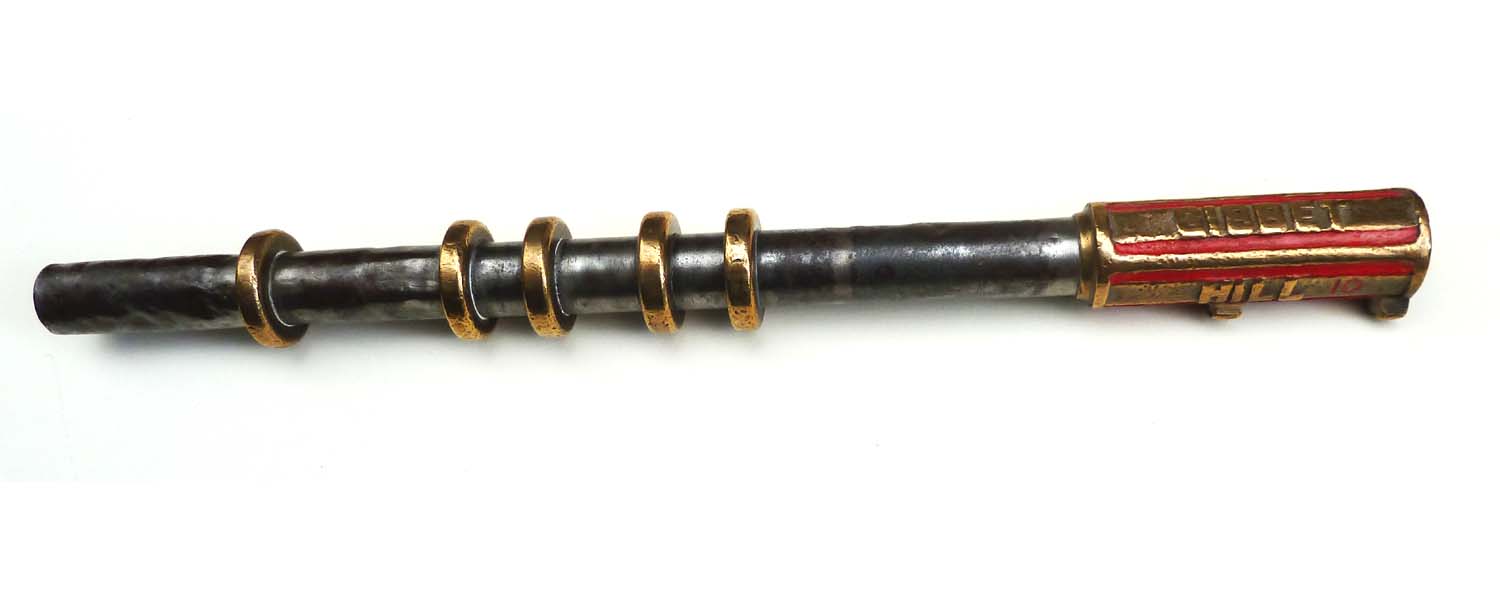 |
|
London North Western
Railway:

Midland
Railway:

Stratford
Midland Junction Railway
|

|
LMS Route: Berkswell to Kenilworth Junction
Kenilworth Junction: lnwrkj3933
 |
A photograph of the Railway Signal Company Gibbett Hill to
Kenilworth Junction Electronic Train Staff. The electric train staff was
developed in 1888 by the L&NWR and licensed to the Railway Signal Co. This
company had been formed by an ex-employee of the L&NWR, one George Edwards,
who had started his work on signalling with Saxby & Farmer, had left them
in 1873 to become the signalling superintendent of the L&NWR, left them in
1876 to join the Gloucester Wagon Company when they decided to diversify into
signalling and who finally set up his own company, the Railway Signal Company,
in 1881. The function of the electric train staff is simple, by means of having
an instrument at each end of a block section, electrically interlocked, just
one staff at a time can be withdrawn (from either end) and given to the driver
as his authority, in conjunction with the correct signals being off, to go on
the single line. The staffs are made with five rings which coincide with slots
in the instrument, four of them at a set spacing whilst the fifth is set at a
different spacing from the instruments for the sections on either side, thus
preventing the staff for one section being put in the instrument for another
section. They all carry the names of the block posts at either end of the
section, and are painted in different colours and distributed so that no one
colour can ever apply to the staffs of adjacent sections.
Information courtesy of Peter Richards of the Bluebell
Railway.
 back back

|
